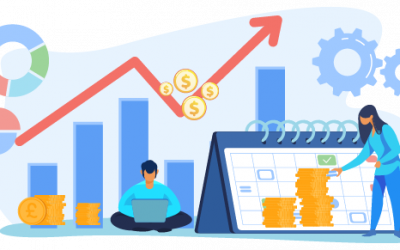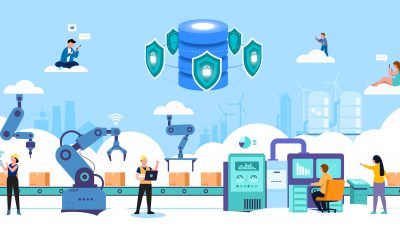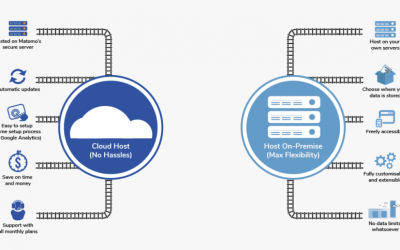Cloud computing has revolutionized the way businesses operate, transforming the digital landscape over the past decade. As we look beyond 2025, it becomes crucial to analyze the future trajectory of cloud computing and its potential implications. This blog presents a strategic advisory perspective on the future of cloud computing, highlighting key trends, challenges, and opportunities that lie ahead.
Edge Computing: With the exponential growth of Internet of Things (IoT) devices and the need for real-time data processing, edge computing is set to become a critical component of the cloud ecosystem. Edge computing reduces latency, enables faster decision-making, and enhances data privacy by processing data closer to the source. In the future, we can expect a proliferation of edge devices and infrastructure, leading to the creation of a distributed cloud computing model.
Hybrid Cloud Environments: Hybrid cloud environments, combining public and private clouds, have gained popularity due to their flexibility and scalability. Looking ahead, the future of cloud computing will see an increased focus on seamless integration and management of hybrid cloud architectures. Organizations will strive for a unified cloud experience, leveraging the strengths of public and private clouds while ensuring data security and compliance.
Quantum Computing: Quantum computing holds the promise of solving complex problems exponentially faster than traditional computing. In the coming years, we can anticipate advancements in quantum computing technology, enabling cloud providers to offer quantum computing as a service. This breakthrough will have profound implications for industries such as healthcare, finance, and logistics, revolutionizing areas such as drug discovery, cryptography, and optimization algorithms.
AI and Machine Learning Integration: Cloud computing and artificial intelligence (AI) have already intersected to enable powerful machine learning algorithms and predictive analytics. Going forward, the integration of AI and cloud computing will deepen, facilitating the development of sophisticated AI models and enhancing intelligent automation capabilities. Cloud platforms will provide AI-powered services, democratizing AI and making it accessible to businesses of all sizes.
Challenges and Opportunities for Cloud Computing
Data Security and Privacy: As cloud adoption increases, so does the importance of addressing data security and privacy concerns. Future cloud computing models must prioritize robust security measures, including encryption, authentication, and data governance frameworks. Compliance with evolving regulations such as the General Data Protection Regulation (GDPR) will remain a critical consideration for organizations, necessitating continuous innovation in cloud security technologies.
Resource Optimization and Sustainability: The exponential growth of cloud computing leads to an increased demand for data centers and energy consumption. To mitigate environmental impact, the future of cloud computing must prioritize resource optimization and sustainability. This includes leveraging renewable energy sources, implementing energy-efficient hardware designs, and adopting green data center practices. Cloud providers will play a crucial role in developing sustainable infrastructure and promoting responsible cloud usage.
Interoperability and Vendor Lock-In: Interoperability and portability of applications and data across different cloud platforms and providers will be a key challenge in the future. Organizations will seek to avoid vendor lock-in and ensure seamless migration and integration of workloads. Standards, protocols, and open-source initiatives will drive efforts toward achieving interoperability, fostering a competitive and diverse cloud market.
Innovations in Cloud Services: The future of cloud computing presents exciting opportunities for innovation and the development of new cloud services. From serverless computing and containerization to AI-powered analytics and blockchain integration, cloud providers will continually push the boundaries of technological advancements. Businesses can capitalize on these innovations to drive efficiency, gain competitive advantage, and unlock new revenue streams.
Conclusion:
The future of cloud computing beyond 2025 holds tremendous potential for transforming industries, driving innovation, and empowering businesses worldwide. As organizations embrace edge computing, hybrid cloud environments, quantum computing, and AI integration, they must also address challenges related to security, sustainability, interoperability, and vendor lock-in. By strategically navigating these trends and seizing opportunities for innovation, businesses can leverage the power of cloud computing to thrive in the digital era.





